_huge.jpg)
The Accessible Workplace – Insights from Google and CBRE
Equality, diversity, and accessibility are all fundamental features mandatory in the workplace of today.
With a more concentrated focus on health and wellbeing and the entrance of an increasingly conscious Generation Z, people are more cognizant of the need for the workplace to be accessible for all. As technology becomes integrated, experience has a premium and flexibility is obligatory, every element of a future workspace must consider everyone.
As part of the first episode of our Subject Expert Series we interviewed two accessibility experts from the workplace to understand more about what accessibility really is and the key points around creating a space which has the least barriers for anybody with any disability. Click here to download the whitepaper or read below for insights.
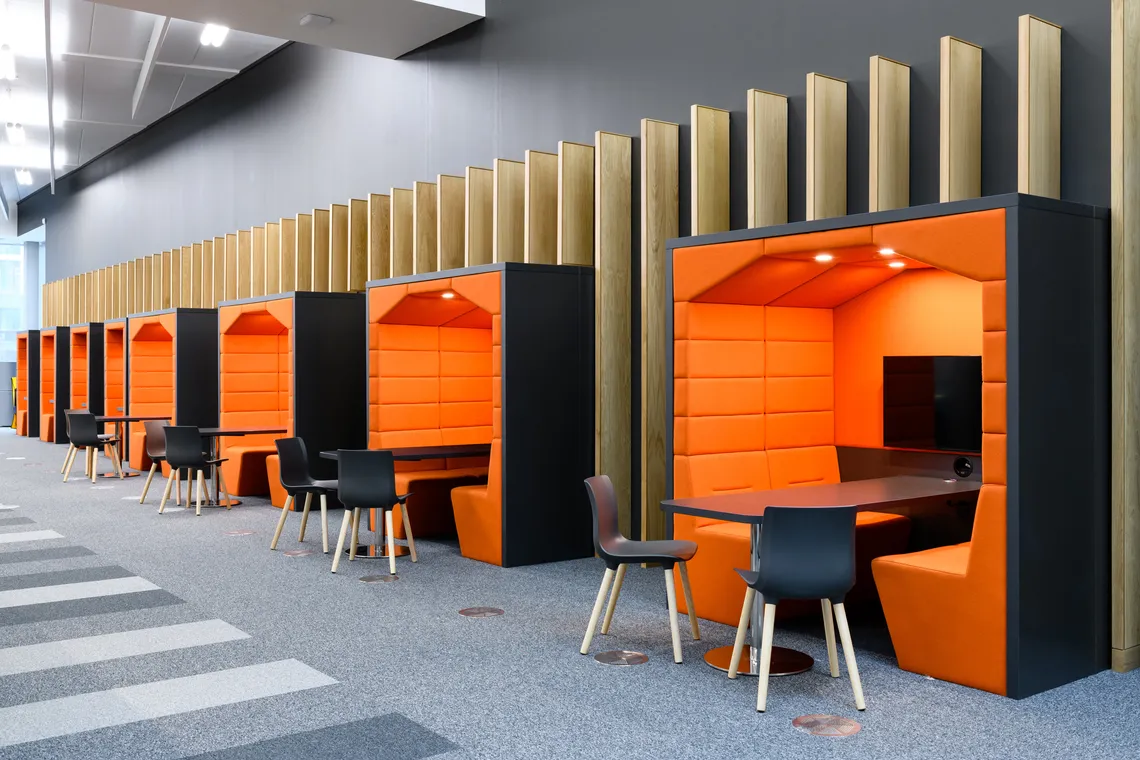
What defines accessibility and why is it important?
In the words of Megan Bisset, workplace change manager at CBRE, "accessibility does not just mean the physical space, which is so often the focus – through technology used and existing workplace cultures, accessibility within the workplace continues to be a barrier to employment for disabled people. If we truly want to have diverse, inclusive, equitable and accessible workplaces, we need to start designing from the ground up, with each of these elements thought of strategically, or we will not fulfil the needs of some of the most underrepresented members of society."
"Respecting the diversity of our population and making the spaces and services that we create usable by the most diverse user group possible, including people with disabilities" says Tracy Needles, global lead for the workplace and inclusion team at Google, in a comment about what accessibility means to her. "To me it comes down to respect, and as designers and creators of environments or experiences we have the power to either enable someone to feel independent and included or the potential to disable or exclude these same people."
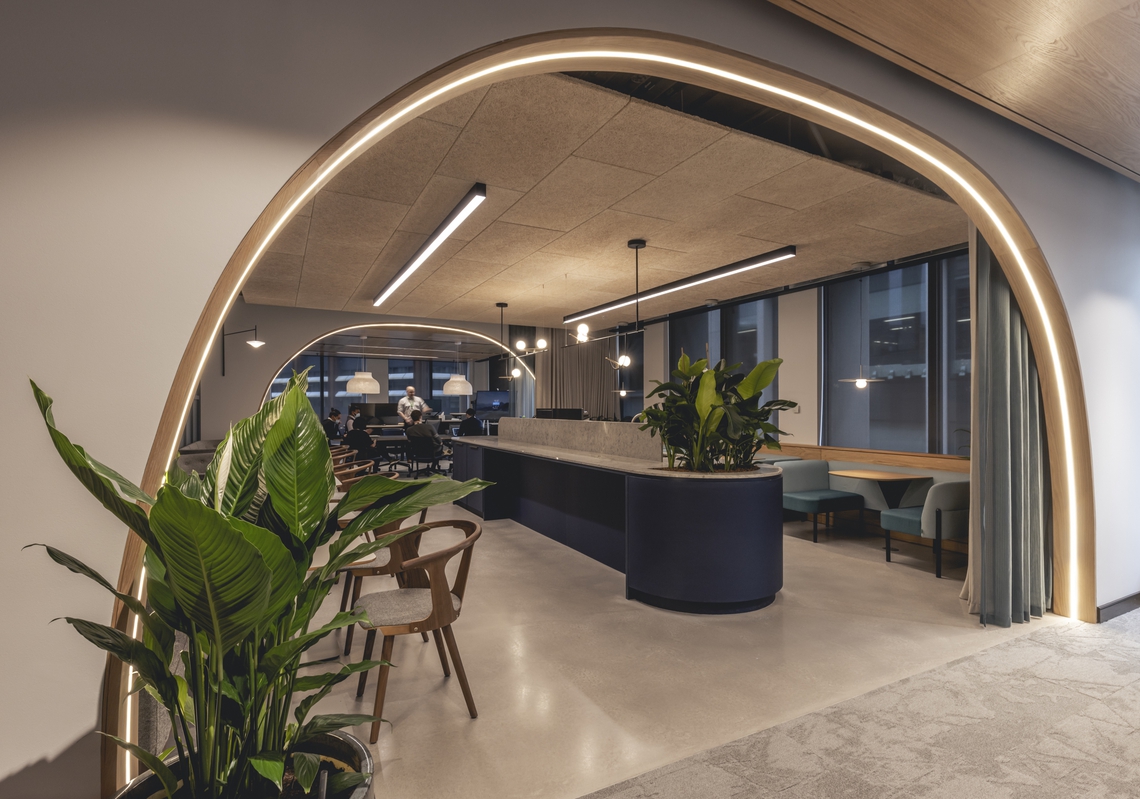
Which elements of workplace design are the most challenging for people with disabilities?
A significant and often overlooked problem which can easily become a barrier is the entrance and layout of a space. Tracy explains that "often this is the first barrier that people encounter, whether that be a door they can’t operate or a hallway that presents hazards such as protrusions for someone who is blind. More generally, circulation can be disabling for a large population if the layout is not thought through at the start."
Megan agrees; "Physical access is a big one - but this doesn’t just include those who use mobility aids, but for example those with autism tend to like a gradual transition into spaces. Wayfinding and the need to have proper, readable signage, not just an app is crucial." She adds "Not having enough spaces to hide away and retreat from others is difficult. The workplace and people can be overwhelming for the best of us, add in disability and neurodiversity, the workplace becomes unnecessarily stressful and triggering."
The layout of a space is important and a distinct part of designing equitably. Varying areas and their locations within a space should be considered whilst gathering views from those who are affected by it. Tracy reiterates "when these layouts are designed with intention, they can be much easier to navigate and memorize for people who are blind or people who may identify as neurodiverse."
Lack of consideration of entryways and wayfinding are not the only challenges faced in the workplace. As a disabled woman with three chronic conditions, Megan Bissett points up the problem with tiny, hard-to-see locks on bathroom cubicles which are hard to see for those visually impaired and the issue with white strip lighting for those more sensitive to visual triggering. She adds "Having wellness/first aid/parent’s rooms all in one can result in some awkward situations, as I have found throughout my career." It is evident that accessible design, past the obvious, is not generally understood, and work needs to be done to create the future workplace in which the needs of everyone are understood and met as far as possible.
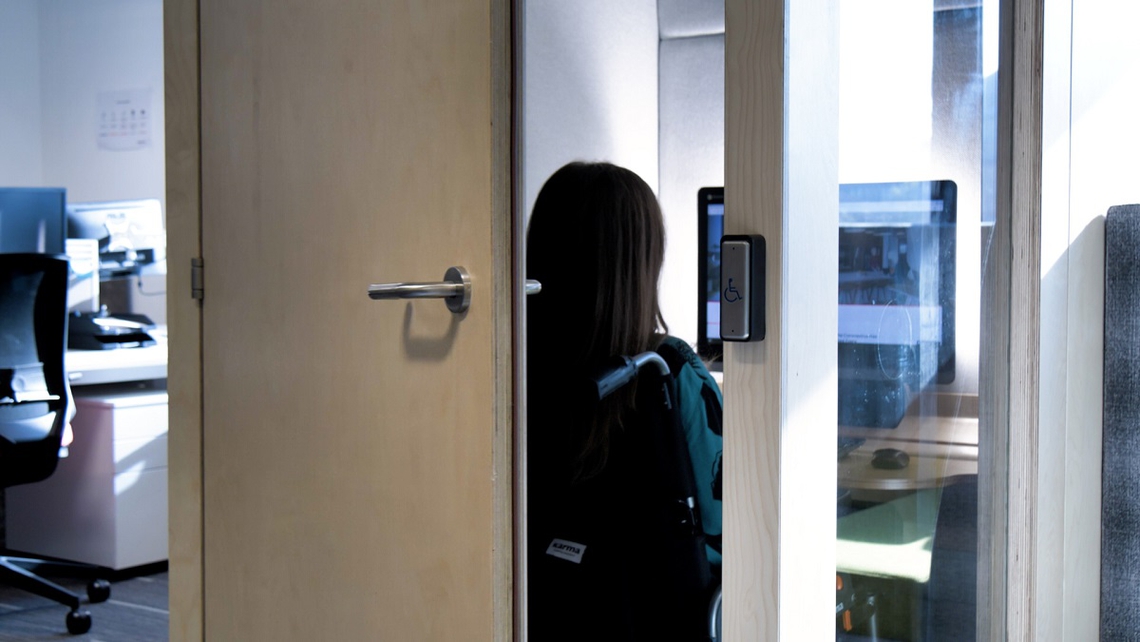
What are some examples of great accessible design?
Positive moves forward in accessible design are being made to enable effective and inclusive workplace strategy to create spaces which cater to a larger more universal need.
Tracy highlights that "the best accessible design is one that doesn’t focus on difference or look hospital-like (think 'grab bars' on the walls). By embracing universal designing principles throughout a design process, you can create accessible spaces such as a floor that slowly slopes to an entry eliminating the need for steps or a 'separate ramp'," advising that "thinking about inclusion and the variety of people who will utilize your space from the start can enable teams to create more accessible spaces by doing small things like adding recessed shelves by entry doors (which can allow people to rest something while they activate a door or swipe a badge) or large things like thinking through wayfinding to create systems that make it easier to navigate."
"I found the work of Joan Scott Love at Leeds Beckett University really interesting." Megan explains, "she is an architecture lecturer, who focuses on the design of schools for children with autism. I think there is a lot we can learn from her and how schools in general are being designed to have a child centred focus." Being a lecturer who has experience the difficulties herself makes Joan’s advice and work more meaningful and emphasises the importance of learning from those who experience barriers in the workplace in order to arrive at solutions which are truly helpful and alleviating.
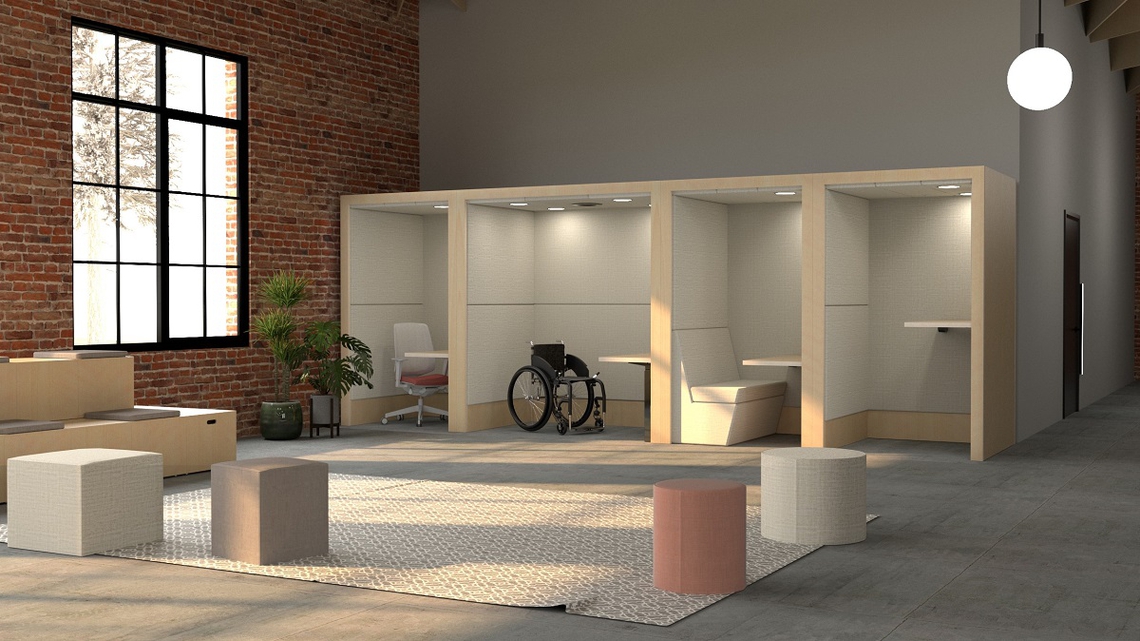
Even when disabilities are invisible, what is the best way to ensure that all needs within the workplace are met?
Firstly, with such a diverse range of needs it is hard to create an entirely seamless experience for everyone. Therefore, it is mandatory that there is greater understanding shown and an openness to change when given feedback. The Google Equity Lead advises "The first thing is to educate yourself and your team about the diversity of the disability community. Once you understand more about these lived experiences, you can apply those user journeys to your design to call out barriers and work to eliminate them."
Megan agrees that an understanding of those with disabilities is important, especially when their needs may not or cannot always be met due to the variety of requirements. “Workplaces need to have a better focus and understanding of how disability and disabled people show up to work. A lot of it is about culture, people, and behaviours, but we should also be designing in a way that human needs are front and centre.”
Often in todays experience driven workplace, designers concentrate on the aesthetics of a space whilst overlooking function basic details. Megan stresses her point; “Is it pretty? Yes, but is it functional? If it is a no, then it isn’t going to work.” She prescribes “having places where people can retreat easily, take breaks, sit down, have a different set up - whether that is a different desk, chair or screen and not making the process of getting these changes hard and overly reliant on the disabled person. Ultimately it is about understanding your people and their needs and making the workplace as flexible and welcoming as possible.”
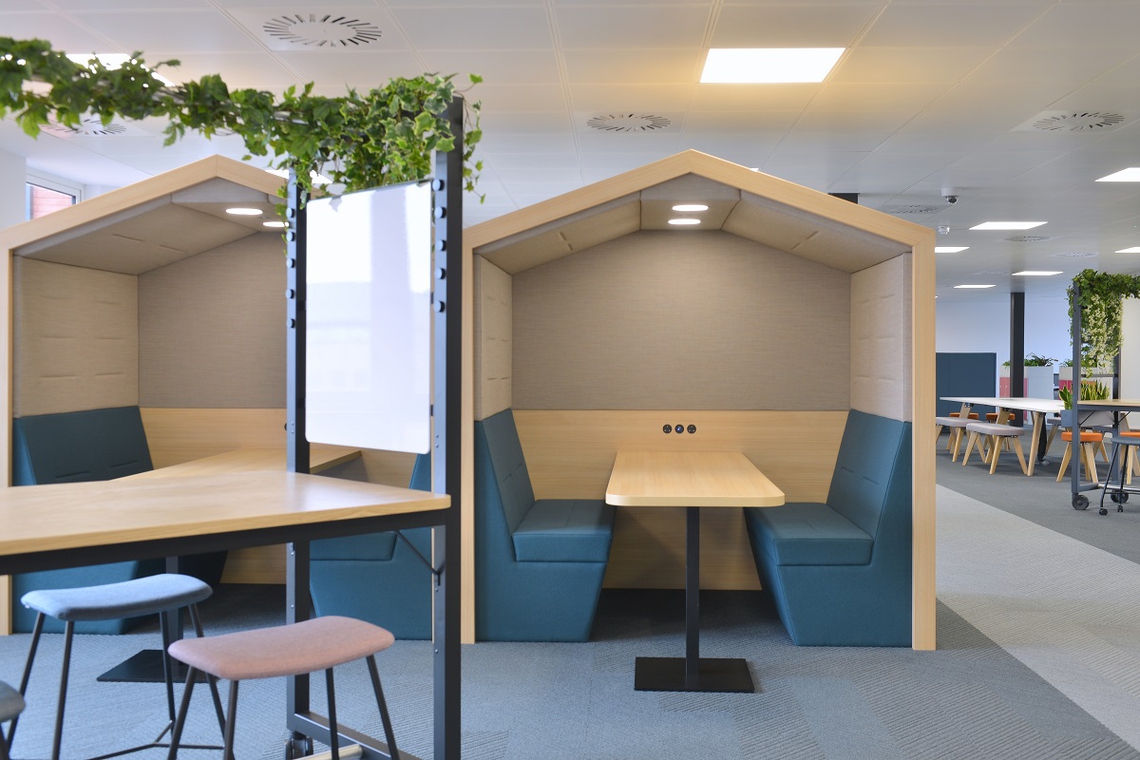
Will catering to disabilities be expensive?
“Most accessible design does not come at a cost; it is a result of allocating time during design to consider diverse needs and build that into the design from the start.” Tracy explains, and continues saying, “In some ways, this type of design can actually reduce the cost of changes that are needed in the future. For example, while it may seem costly to add auto openers to doorways, it is less expensive to incorporate these at the beginning of design vs. afterwards to accommodate someone or adhere to a law.”
Moreover, the benefits of inclusion, staff engagement, realisation of potential goes past any costs, when a space is as accessible for all as possible. Megan sums it up, “disability is expensive for those with disabilities, often the requirements benefit all employees. We are never going to fix or change the current state of things without spending some money, but the return on investment will be invaluable.”
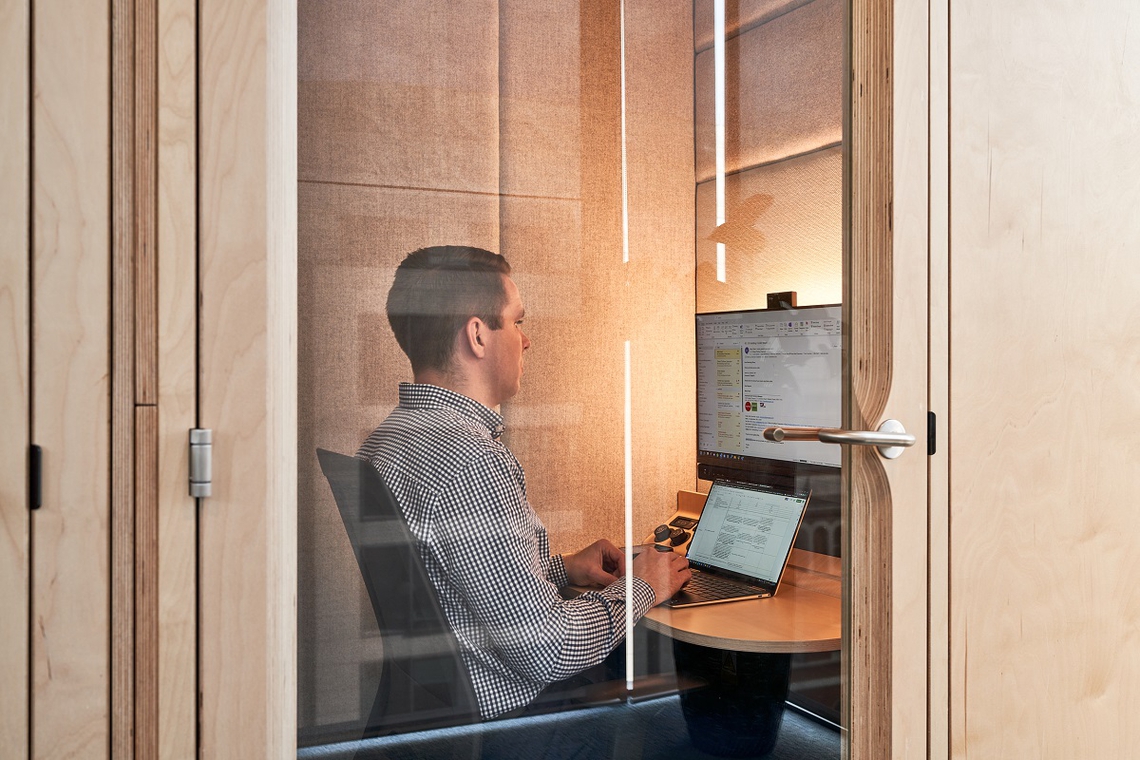
What are the key challenges of implementing accessible design?
Both accessibility experts start with the same challenge – "understanding." Oftentimes, people are just not aware of the needs of their people and this lack of empathy means they cannot design for them effectively. When time and energy is put in to really consider and empathize with individuals facing barriers in the workplace, these barriers can be removed and a more holistic experiences can be created.
Megan also points up the issue of “poor workplace cultures which mean employees hide their disabilities to the detriment of their own health and then ask for the required accommodations.” An effective change in accessible design would see these needs provided for, or at least a culture in which employees feel able to promote their needs and are encouraged to suggest things which are not only required, but would alleviate, help and give confidence day to day.
“Many people jump to assuming that accessible design is going to cost them financially or aesthetically. However, I find that once people understand what it truly means to design for inclusion or accessibility–and that this doesn’t necessarily mean sacrificing money or beauty– they embrace this type of thinking.” Tracy observes, adding that “a challenge is also time– in a stressful environment often it can feel like an extra box to check or minimum to meet. If people can learn more about the ethos of this approach and the “why” it can enable more people to implement it in the future.”
So learning is key and if designers and stakeholders welcome teaching around accessibility, actively endeavouring to understand their people, the workplace will accelerate its ability to be truly equitable, rather than just meeting a minimum.
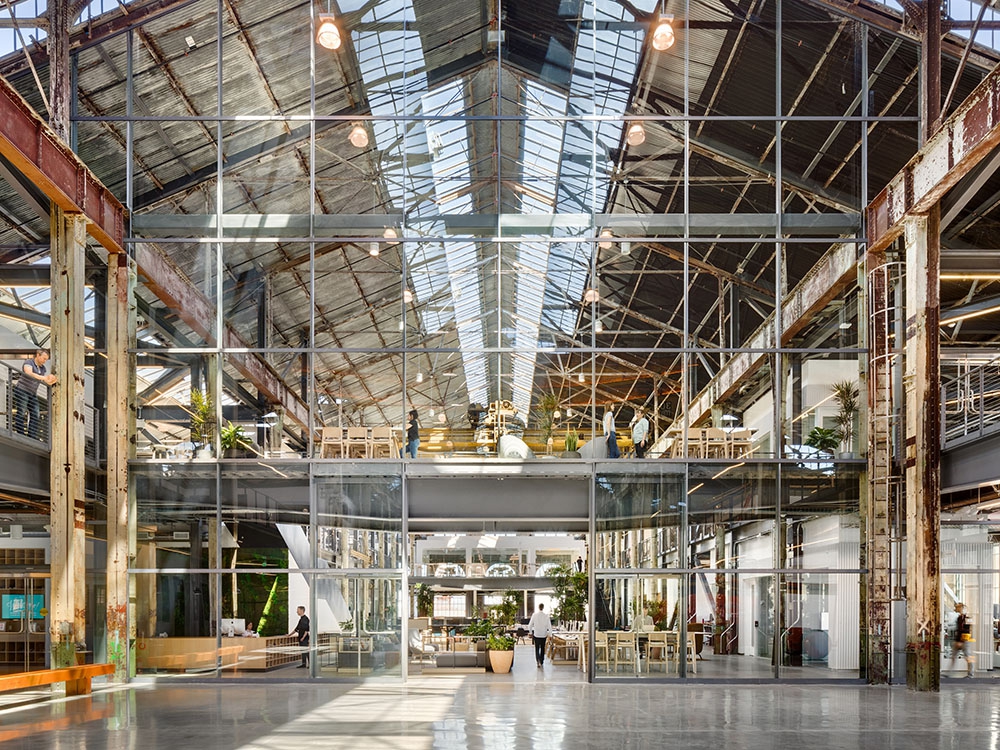
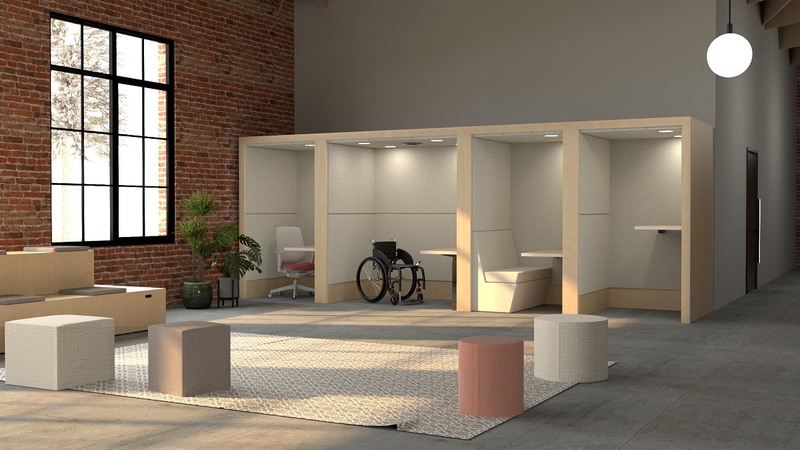
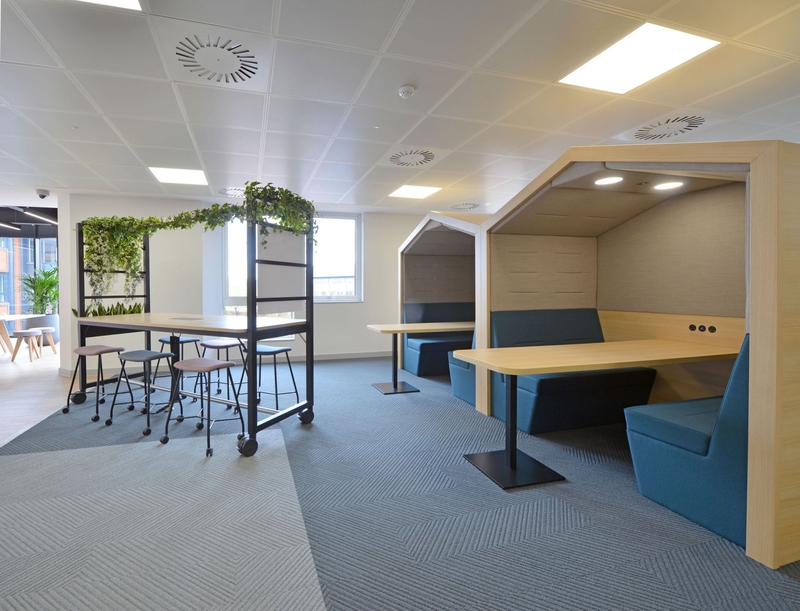
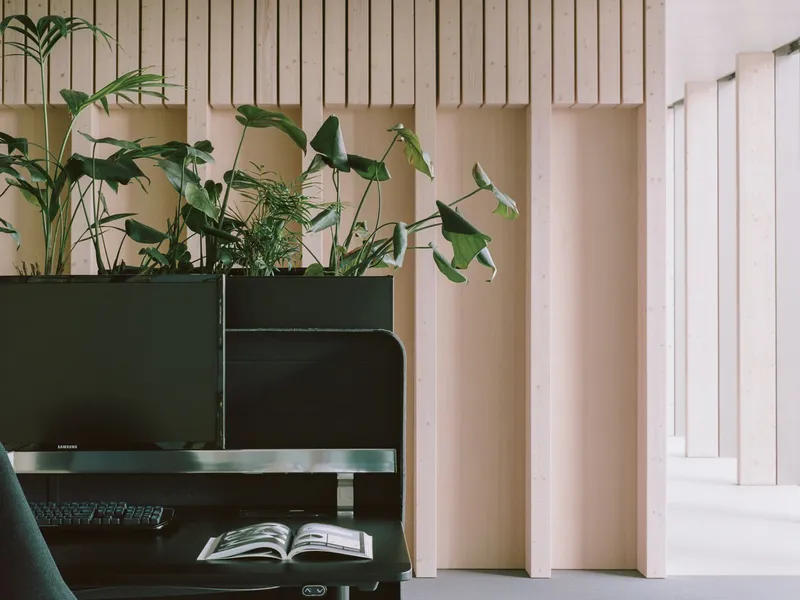
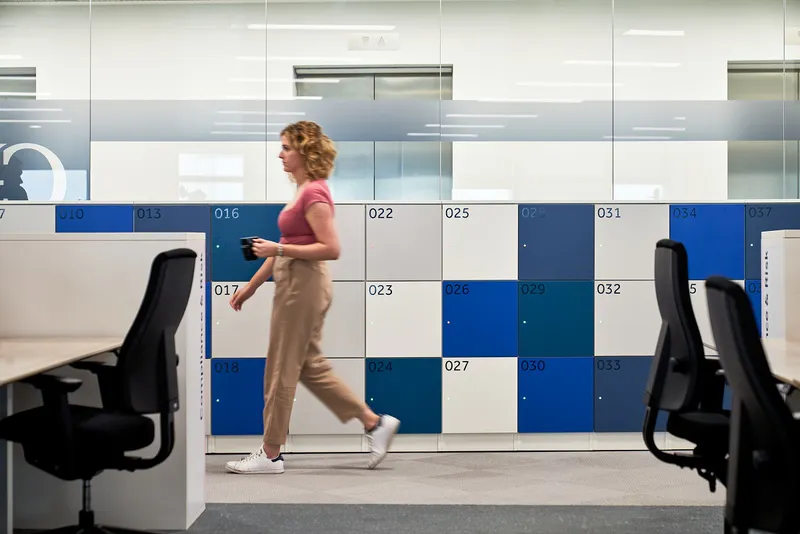
A space providing for its people; flexible, inclusive, and functionally effective
PROFESSIONAL SERVICES
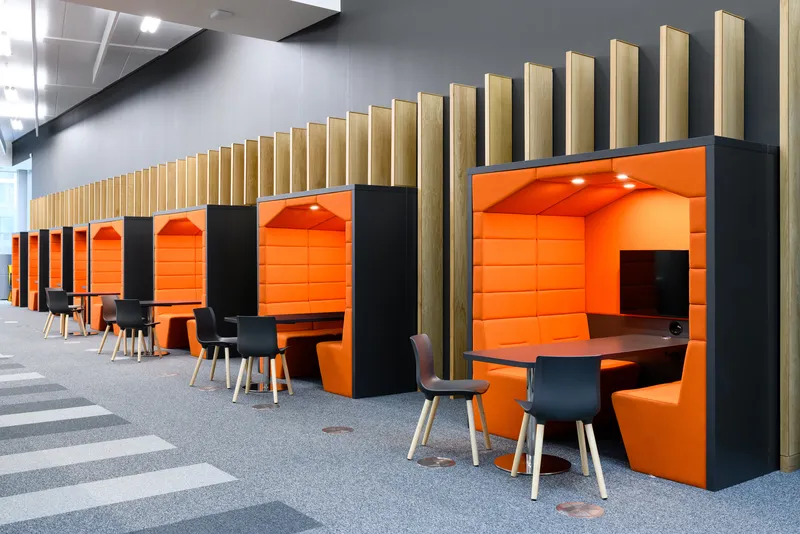
An extra 100,000 square foot for the Curzon Building of BCU, providing enviable facilities for this hub of student exce…
EDUCATION
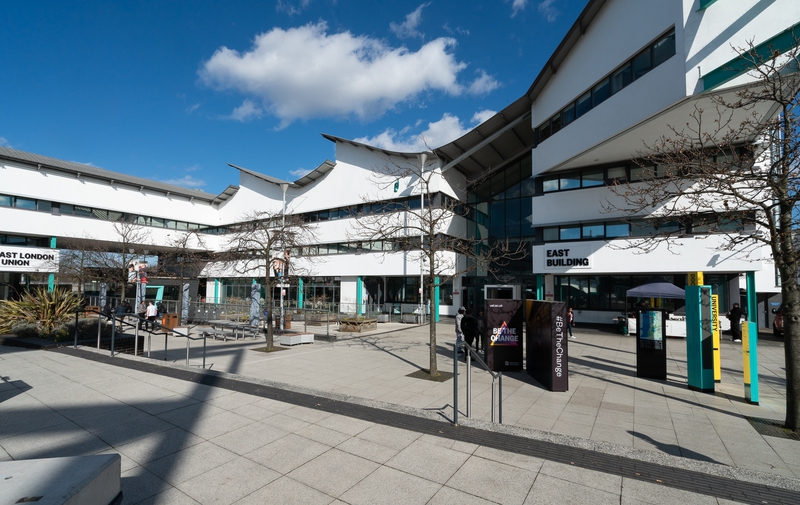
Flexible working and forward-thinking collaborative workspace at one of London's leading universities, University of Ea…
EDUCATION